What’s Stronger – Glass Or Perspex?
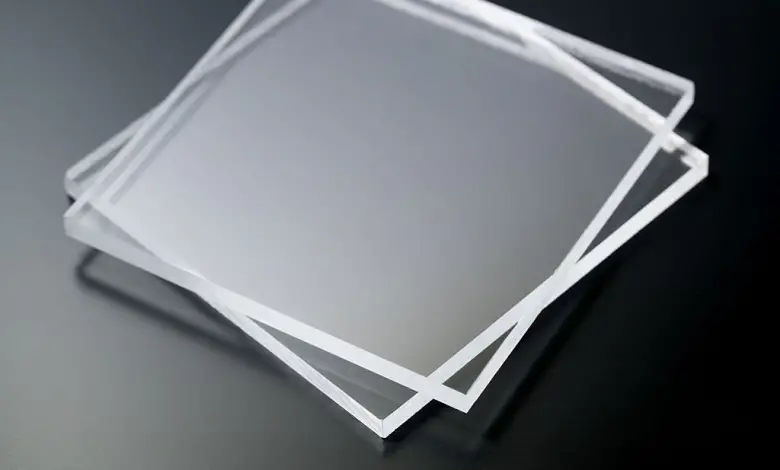
Acrylic sheets and glass are often compared when selecting a material for a project. You may have heard that acrylic, such as Perspex, is a superior option – but why? Let’s look at the differences between Perspex and glass – is Perspex more durable than glass?
What Is Perspex?
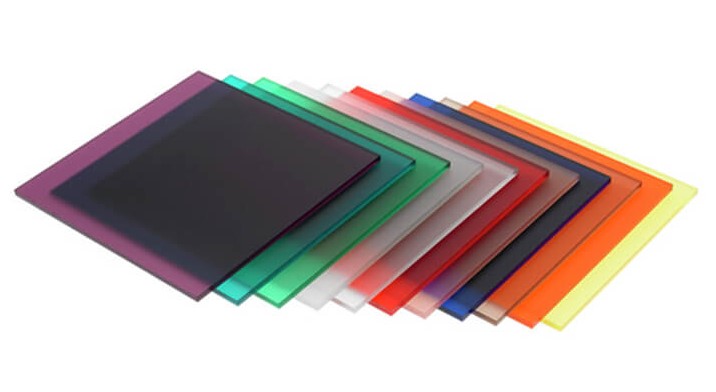
When people refer to acrylic sheeting, they may sometimes mean any of three materials. However, this use may lead to ambiguity. In a nutshell, Perspex is essentially acrylic and Plexiglas is essentially perspex. In reality, Perspex is a premium quality form of acrylic that adheres to the highest industry standards.
The material is available in cast and extruded sheets, in various effects ranging from gloss to matte, frosted, and even neon.
Acrylic is suited for nearly any project where glass might be used. These include windows and car windows, skylights, greenhouses, kitchen and bathroom splashbacks, etc.
Is it more durable than glass?
Yes, it is. Perspex is much stronger than glass, and is an excellent alternative for most construction and design uses.
For durability and strength, plastic sheets from Simply Plastics reign supreme. Whether you’re looking for a material that can withstand heavy use or is shatter-resistant, acrylic will always come out on top.
What Is Glass?
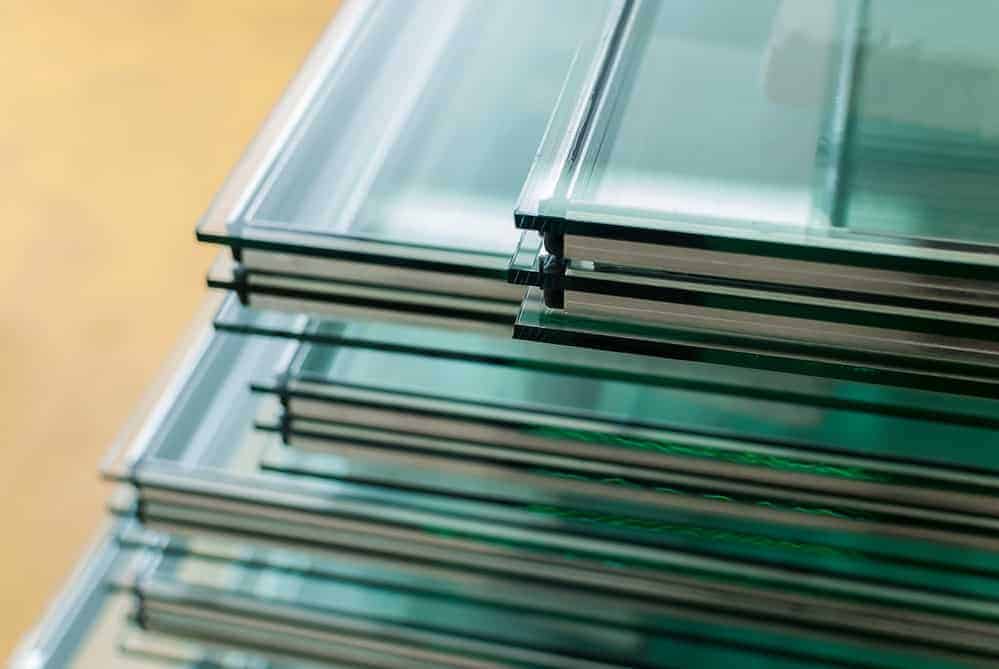
Glass is a material that is typically hard, brittle, and transparent. It is made by heating materials to high temperatures and then cooling them rapidly. This process creates a material that is strong yet fragile. Glass has a wide range of uses, from windows and bottles to eyeglasses and electronics.
There are two main types of glass: soda-lime glass and tempered glass. Soda-lime glass is the most common type of glass. It is made from a mixture of sand, soda ash, and limestone. Tempered glass is stronger than soda-lime glass and is often used in applications where strength and safety are important, such as car windshields.
Glass vs Properties of Perspex
Lighter and more impact resistant
Acrylic is lighter than glass but more resistant to impact. It’s also more flexible, making it preferable in areas where strong winds and bad weather. This material is not only impact-resistant, but it doesn’t shatter either.
Acrylic sheeting, on the other hand, is more likely to flex rather than fracture when subjected to a tremendous force, making it appropriate for use in dangerous situations where human lives are at risk.
The disadvantage of acrylic is that it is more susceptible to scratches than mineral glass, although high-quality acrylic like Perspex has exceptional scratch resistance.
Lower Thermal Conductivity
Another distinction between Perspex and glass is that acrylic has a lower thermal conductivity. To put it another way, Acrylic provides superior thermal insulation to glass.
When it comes to selecting the appropriate material for a skylight, conservatory, or greenhouse, Perspex is highly suitable.
Perspex in a greenhouse or living area may help you save money on your energy bills throughout the winter by eliminating or lowering heating requirements.
Improved Transmission of Light
Another advantage of acrylic over glass is it has higher optical transmission than glass. Mineral glass transmits about 80-90% of light, whereas acrylic transmits 92% of visible light and has no green tinge.
If you’re searching for window glazing, this component may not seem essential, but it might become key if you require thicker glass to produce bulletproof windows, for example.
UV Resistance is Excellent
You’ve probably heard that acrylic sheeting turns yellow when exposed to light. Low-quality acrylic, perhaps. However, Perspex is highly resistant to UV radiation and even outperforms glass in this regard.
You can protect your plants in conservatories and greenhouses, keeping them safe from UV rays that can become too strong in the long summer.
Frequently asked questions
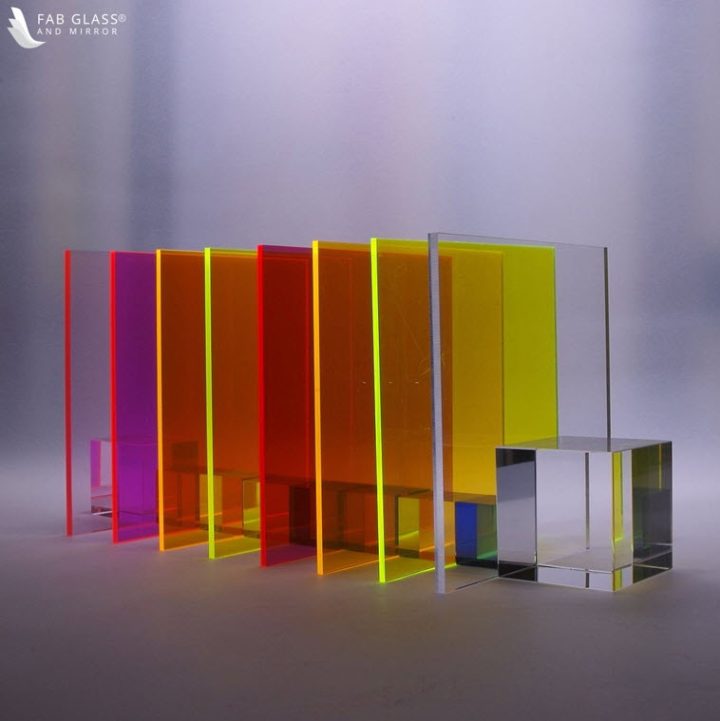
- What is the difference between glass and perspex?
Glass is a transparent material that is made from sand, soda, and lime. It is typically used in windows and other applications where transparency is desired. Perspex, on the other hand, is a synthetic polymer that is often used as an alternative to glass. While it shares many of the same properties as glass, perspex is typically less brittle and more Impact resistant.
- What are the benefits of using perspex over glass?
Some benefits of using perspex include that it is typically lighter than glass, as well as being shatter resistant. Additionally, because it is less brittle than glass, perspex is often used in applications where safety is a concern, such as in bullet-proofing.
- What are the disadvantages of using perspex over glass?
While perspex shares many benefits over glass, there are a few potential disadvantages to consider as well. For example, because it is synthetic, perspex can yellow over time when exposed to sunlight. Additionally, while it is shatter resistant, perspex can still crack under enough pressure.
- How do I clean perspex?
Cleaning perspex is generally similar to cleaning glass. However, because it is less brittle, you may want to use a softer cloth or sponge when cleaning perspex to avoid scratching the surface. Additionally, avoid using harsh chemicals or abrasive cleaners, as these can damage the material.
- What are some common uses for perspex?
Perspex is often used as an alternative to glass in a variety of applications. Some common uses include windows, signs, displays, and bullet-proofing. Additionally, because of its transparency, it is also commonly used in lighting fixtures and transparent furniture.
- What are some common uses for glass?
Some common uses for glass are drinking glasses, windows, and mirrors. Glass can also be used to make jewellery, ornaments, and other decorative items. Additionally, glass is sometimes used in industrial and scientific applications. For example, it can be used to make test tubes, or be used as a material for optical fibre.
In Summary
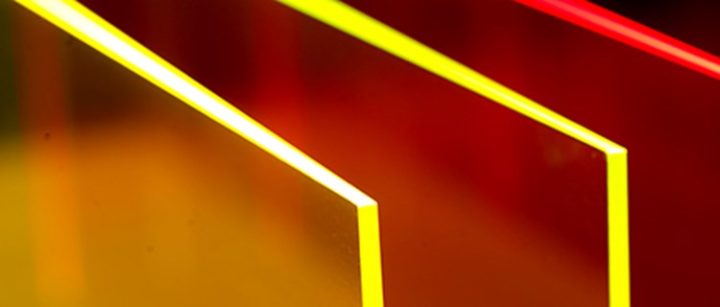
Perspex is a great alternative to glass because it is shatterproof, making it safer for both your home and family. It also has a high light transmission so you can still enjoy natural light in your home. Additionally, perspex does not require regular cleaning like glass does, meaning that you will spend less time maintaining your Perspex products. Have you considered using perspex as an alternative to glass in your next window renovation?

